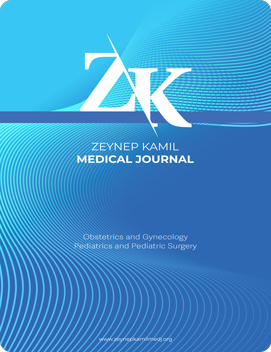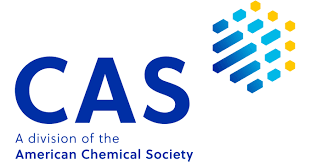Quick Search
Milrinone usage in a neonatal intensive care unit: Indications, side effects, and outcomes
Aslı Okbay Güneş, Güner Karatekin, Sevilay Topçuoğlu, Nilgün Karadağ, Handan Hakyemez Toptan, Elif ÖzalkayaDivision of Neonatology, Department of Pediatrics, University of Health Sciences, Turkey. Zeynep Kamil Maternity and Childrens Training and Research Hospital, İstanbul, TürkiyeINTRODUCTION: We aimed to evaluate the indications, side effects, and outcomes of milrinone infusion in neonates.
METHODS: Twenty-five neonates, who were admitted to the neonatal intensive care unit and received milrinone infusion between January 2015 and June 2019, were retrospectively evaluated.
RESULTS: The mean birth weight and gestational age of the neonates were 2220±1020 g and 35±4 weeks, respectively. The indications for milrinone infusion included pulmonary hypertension (PH) (n=14, 56%), low cardiac output syndrome (LCOS) (n=10, 40%), and post-ligation syndrome (n=1, 4%). Hypotension was the most common clinical side effect (n=9, 36%), thrombocytopenia (n=7, 28%), and azotemia (n=5, 20%) which were the most common laboratory side effects. The mortality rate was higher among the neonates who had PH (n=12, 85.8%) compared to those who had LCOS (n=4, 40%). The mean vasoactive inotropic score was higher (79.5±74.48) in the neonates with LCOS who died compared to the ones who survived (45±29.6).
DISCUSSION AND CONCLUSION: The most common indication for milrinone was PH, the most common clinical side effect was hypotension, and the most common laboratory side effect was thrombocytopenia. Close monitoring of blood pressure, thrombocyte count, and renal function tests should be performed in patients receiving milrinone. Milrinone was found to be more successful in treating LCOS compared to treating PH. The increased need for inotropic support while receiving milrinone was associated with high mortality.
Manuscript Language: English
















